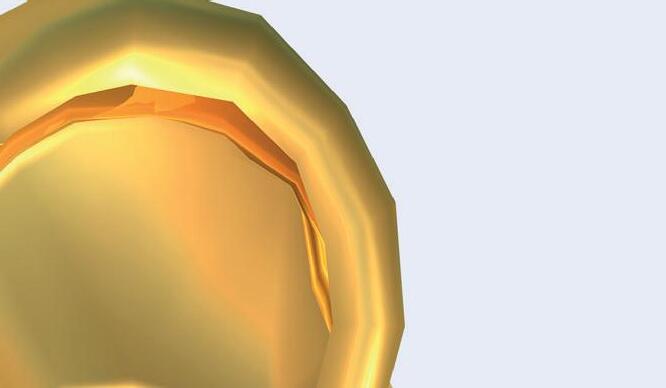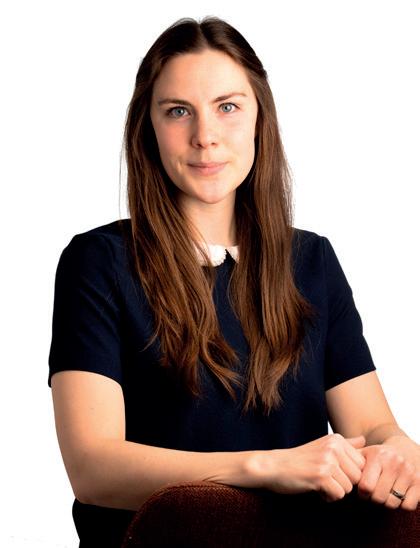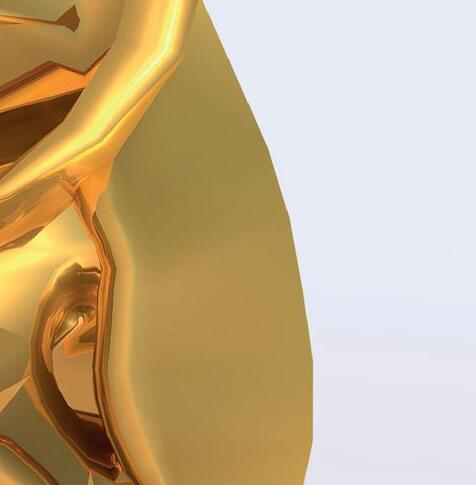
6 minute read
Beyond the blueprint:Acoustic visions
Exploring the Overlooked Role of Acoustics in Architecture and the Importance of Listening to Our Sonic Environments
Interview
In fall 2024, Petra Jingstål, an architect-turned-acoustician and writer, shared insights on sound and acoustics in the built environment during an interview for PUBLIC RETREAT Radio. Advocating for a holistic design approach, Petra stresses the importance of integrating auditory, visual, and material aspects in the architectural process, and promotes collaboration between architects, acousticians, and artists.
We first met Petra over ramen near her office at Delta Akustik in Stockholm. After reading her articles about the lack of sonic training in architecture education, we reached out for a conversation and found many shared ideas. Our second meeting took place at Färgfabriken in Stockholm, followed by a radio interview. Below is an excerpt from the interview aired on Oct. 30 on RadioOrakel (Oslo).
You work with sound, but from a slightly different angle than us. Could you tell us a little bit about yourself? I mean, you started as an architect but switched to acoustics. What are the reasons behind that?
A lot of people are afraid of noise, and the definition of noise is unwanted sound. Whenever sound is going to come into projects it’s usually because you want to take away the sound, the noise that disturbs you.
As an acoustician at Delta Akustik but as well as in general, maybe you could give some examples of what an acoustician does?
The acoustician is basically responsible for the sound. Very often we work with regulations and guideline values that we’re supposed to fulfill.
So it’s the experience of a space?
The experience, yeah. And even more, which I think is very important to mention, is how it’s very subjective what we feel like when we hear a sound.
Like some people love the idea of having a kindergarten. Yes! The laughter of kids. And some - oh my God, will there be kindergartens here?
Like disconnected from your body somehow?
Disconnected is probably the word. So that in itself, I’m not a fan of. But I can also sit on the subway and activate the
So I, as you said, started out as an architect and I actually thought that acoustics would be a part, a big part of the architectural education. I started studying architecture in Scotland, in Edinburgh. And it was definitely not part of the education in itself. It was even as bad as I tried to use acoustics in my first design project, and I was told by the tutors that also were practicing architects, that they couldn’t help me out in the project because they didn’t know anything about acoustics.
I started working as an architect for a company that had both acousticians and architects, which was definitely my dream, to do both things at the same time. But to be honest, after a while I just had to pick one of them.
It’s very interesting what you say about the lack of training in acoustics or sound environments or soundscapes at the university.
We can’t avoid sound. It is going to be part of our experience of a space. In every space, not just a concert hall.
But in Delta Akustik we also work with psychoacoustics a bit, or at least try to communicate and talk about psychoacoustics as another aspect of sound. Because it can get very mathematical and very hardcore physics when it comes to acoustics. But psychoacoustics is more a way of investigating how people react to different sounds and why.
But it’s the same with things that we see. If we find something beautiful or ugly, it’s also very much up to each person. One of those acoustic concepts that we actually work a lot with is something called reverberation time. When I was doing my master’s thesis project at Chalmers I found this underground water reservoir with an extremely long reverberation time. And these musicians used the long reverberation time as part of their performance which was very cool. This is very uncommon but basically you can imagine a space about 20 by 20 square meters big. I was there with just one friend and if we were further away than one and a half meters apart we basically couldn’t hear each other talking because it was just such an echo within this

I find it a bit sad for sure that if our cities contain sound that people donʼt want to hear and they just block out the sound, theyʼre not experiencing the space. building.
If we are considering how we are building now, denser and denser. What are your thoughts on the fu- ture?

I would say we need to be very careful with what kind of acoustic solutions we put in. Say that you put a sound barrier on the side of a road because you want to block out the sound that comes from the road. You’re actually reflecting the sound towards the other side. What we end up with is a lot of people wearing headphones. They basically create their own soundscapes locally where they are. And myself, I’m not a big fan of noise cancelling headphones or noise cancelling in itself. For example, when I’ve been trying to use that in the kitchen and I’m cutting an onion, I’m super clumsy in the kitchen and I’m close to cutting myself because there are these subtle sounds that I would normally hear that will make me adapt, moving away my fingers instead of cutting myself. But I realized that when I don’t hear those sounds, it becomes unreal to me, like the soundscape and I react really… noise cancelling on my earphones and just listen to something that I do want to listen to. And then I can turn it off just to listen to the soundscape and see the difference. I find it a bit sad for sure that if our cities contain sound that people don’t want to hear and they just block out the sound, they’re not experiencing the space. As I would think, would be, as an architect at least, I would find it really nice if people wanted to experience the space as it is instead of trying to create their own space within the space to survive…

… The talk went on, we thanked Petra for joining us on radiOrakel and for challenging us to rethink sound in design. Instead of seeing it as a disruption, she urged us to view it as something that can enrich spaces. Her message: listen more deeply, with all our senses, to create environments that are more human and connected. Sound isn’t just a technical detail; it’s fundamental to how we experience the world.
Listen to the full interview here






